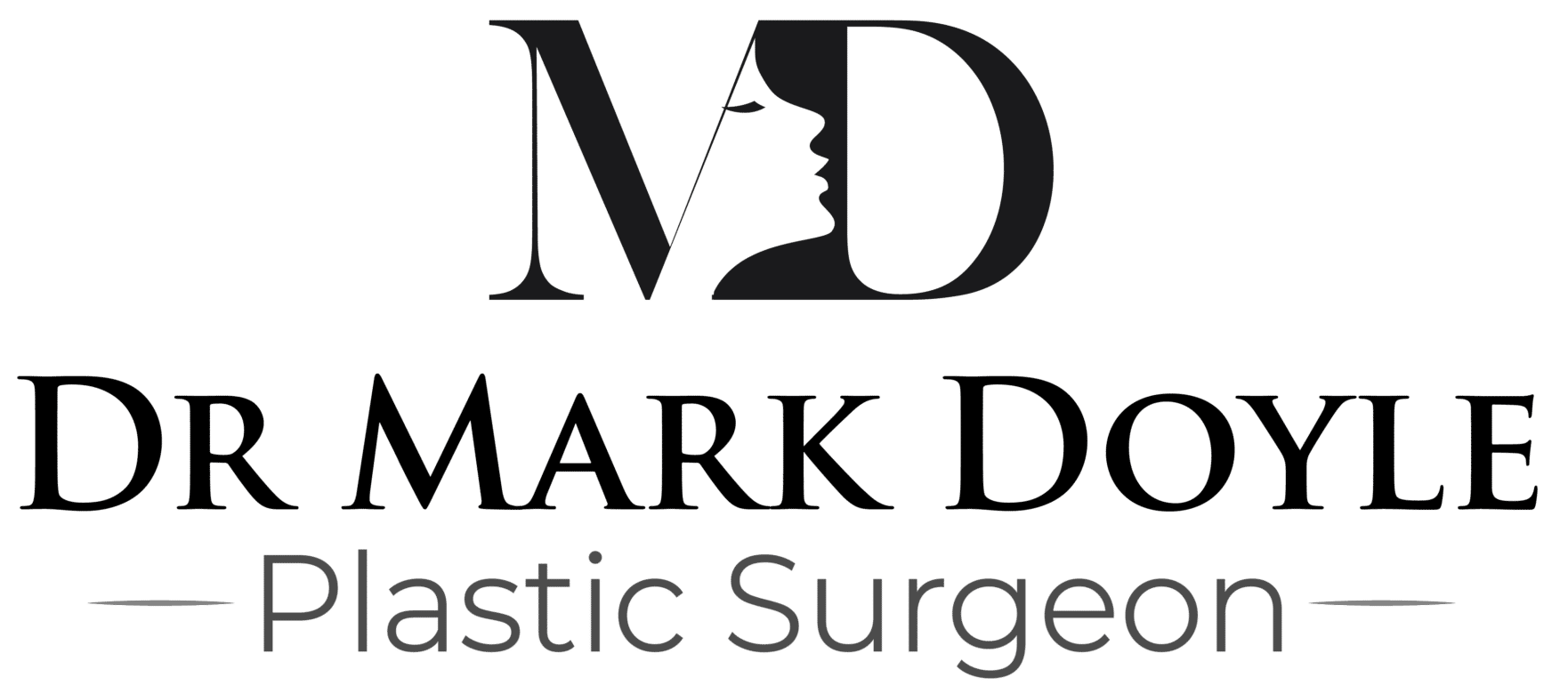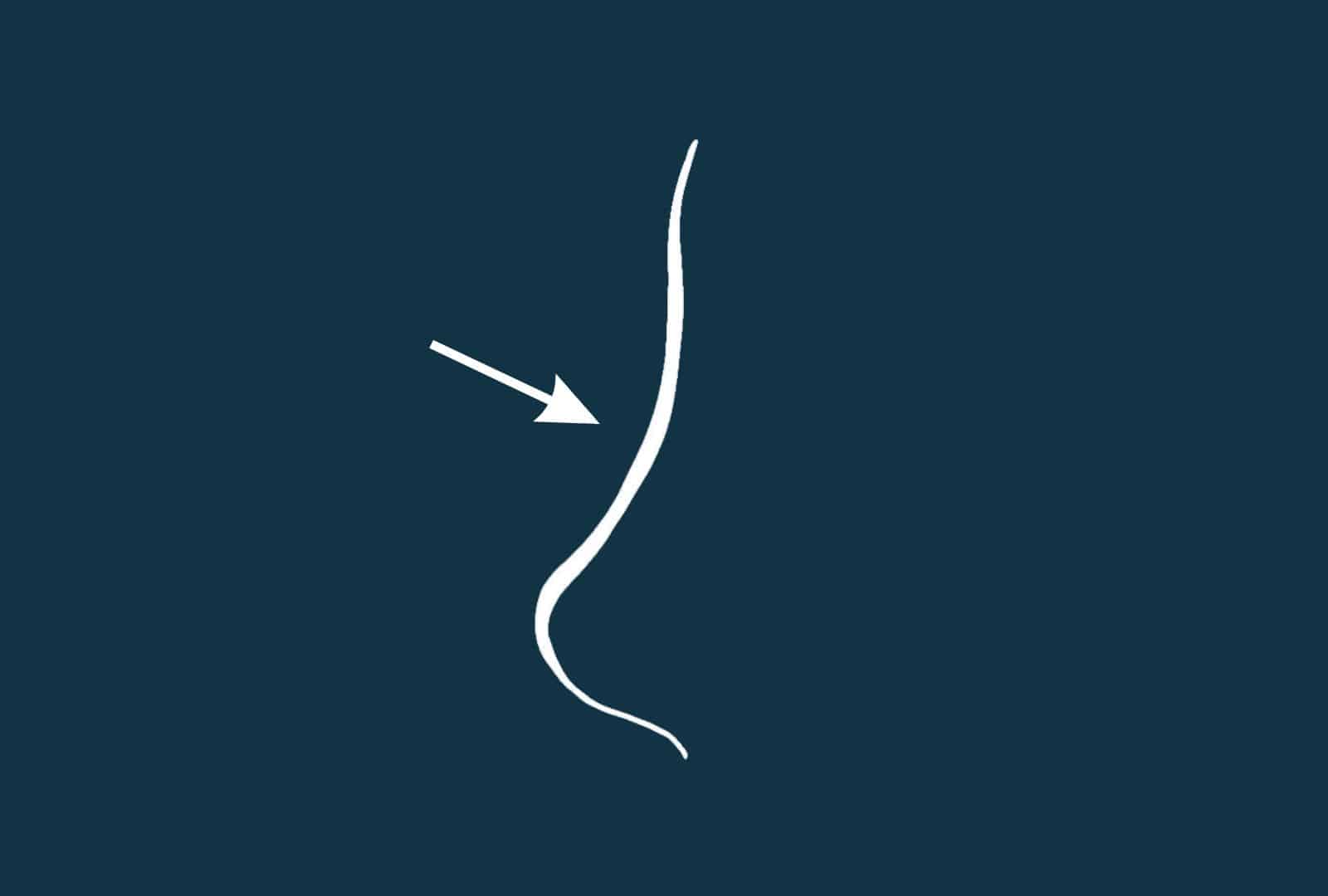Saddle nose, medically known as nasal saddle deformity, is a medical condition characterised by the collapse or depression of the nasal bridge. Saddle nose deformity can lead to both functional and cosmetic concerns, impacting an individual’s breathing, facial appearance, and comfortability. Understanding the causes, symptoms, and treatment options for saddle nose is essential for those affected by this condition.
What Is Saddle Nose?

A saddle nose refers to the concave appearance of the nasal bridge, resembling the shape of a saddle. This deformity occurs when there is a loss of support in the nasal structure, and can lead to a collapsed nose bridge. The collapse of the nasal bridge can be attributed to various factors, including collapsed nostrils, nose cartilage damage, or a combination of both. This structural compromise can result in a visible depression along the nasal dorsum. Saddle nose can vary in severity, ranging from a subtle indentation to a pronounced deformity that significantly alters facial cosmetics.
Importance of Nasal Structure
The nasal structure plays a crucial role in both cosmetic appearance and respiratory function. Beyond its cosmetic significance, the nose serves as the primary passage for airflow during breathing. The nasal septum, cartilage, and surrounding tissue work together to maintain nasal shape and support. Any disruption or damage to these structures can compromise nasal integrity, causing functional impairments like breathing difficulties and nasal obstruction. Furthermore, the nasal bridge plays a crucial role in the overall balance of facial features.

Rhinoplasty
Saddle Nose Deformity Causes
Traumatic Injuries
Traumatic injuries to the nose are common saddle nose causes. These injuries can result from various incidents such as car accidents, sports-related collisions, physical altercations, or falls. The forceful impact on the nasal region can lead to fractures or dislocation of the nasal bones and cartilage, causing structural damage that results in the collapse of the nasal bridge, including collapsed nose cartilage. This structural compromise contributes to the development of saddle-nose deformity. Prompt medical evaluation and appropriate management are crucial for minimising complications and optimising outcomes in cases of traumatic nasal injuries.
Inflammatory Conditions
Inflammatory conditions affecting the nasal region can contribute to the development of saddle nose deformity. Conditions such as granulomatosis with polyangiitis (formerly known as Wegener’s granulomatosis), relapsing polytonicities, and sarcoidosis can cause inflammation and destruction of nasal cartilage and tissues. Chronic inflammation weakens the nasal support structures, leading to collapsed nose bridge over time.
Congenital Factors
Some individuals may be born with congenital abnormalities or genetic predispositions that increase their risk of developing saddle nose deformity. Congenital nasal septal deviations, malformations of the nasal cartilage, or genetic disorders affecting connective tissue integrity can contribute to the structural instability of the nasal bridge, predisposing individuals to a saddle nose.
Previous Nasal Surgeries
Previous nasal surgeries, such as septoplasty, rhinoplasty, or nasal trauma repair, can sometimes lead to saddle nose deformity as a complication. Surgical manipulation of the nasal structures may inadvertently weaken or destabilise the nasal support system. Over time, this can result in nasal collapse, manifesting as a saddle nose after septoplasty. It’s essential for individuals undergoing nasal surgeries to discuss potential risks and complications with their surgeon. Additionally, diligently following postoperative care instructions can help minimise the risk of saddle nose development.
Saddle Nose Symptoms and Signs
- Nasal Bridge Collapse: One of the primary symptoms of saddle nose deformity is the collapse or depression of the nasal bridge. This can manifest as a visible indentation or concavity along the bridge of the nose, resembling the shape of a saddle. The collapse may extend to involve the nostrils, leading to nostril collapse and exacerbating breathing problems.
- Breathing Difficulties: Saddle-nose deformity can significantly impact nasal airflow and breathing function. The collapse of the nasal bridge can obstruct the nasal passages, leading to breathing difficulties such as nasal congestion, obstruction, or difficulty breathing through the nose. Individuals with saddle nose may experience chronic nasal congestion or difficulty breathing, especially during physical exertion or when lying down.
- Cosmetic Changes: In addition to functional impairments, saddle noses can cause noticeable changes in facial appearance, affecting the symmetry of facial features. These cosmetic changes, along with the associated breathing difficulties, can have a profound impact on an individual’s comfortability.
Rhinoplasty: Saddle Nose Treatment
Rhinoplasty or nasal shaping surgery, effectively addresses saddle nose deformity by precisely modifying the nasal structure. This versatile procedure corrects the collapse or depression of the nasal bridge characteristic of saddle nose deformity. Techniques may involve dorsal augmentation with implants or grafts to rebuild the nasal bridge, tip refinement for symmetry, and structural reinforcement to build the shape and function.
Benefits
- Improved Nasal Function: Rhinoplasty corrects structural issues in the nasal bridge linked to saddle nose deformity, improving nasal function. It can increase height and support, easing obstruction, congestion, and breathing problems. Better airflow and ventilation through the nasal passages can reduce symptoms like chronic congestion, snoring, and breathing difficulties, enhancing respiratory health and overall well-being.
- Prevention of Complications: Saddle-nose deformity can lead to complications like chronic nasal obstruction, sinus infections, and sleep disturbances. Rhinoplasty addresses these by correcting structural abnormalities and restoring normal nasal function. Early intervention with rhinoplasty helps prevent complications and maintains optimal nasal health.
- Enhanced Comfortability: Chronic nasal obstruction and breathing difficulties associated with saddle nose deformity can significantly impact an individual’s comfortability, leading to discomfort, fatigue, and reduced physical activity. Rhinoplasty can improve this, by alleviating these symptoms and repairing normal nasal function. With improved nasal airflow and breathing, individuals can experience better sleep, increased energy levels, and enhanced overall respiratory well-being, leading to a more fulfilling and active lifestyle.
Recovery
Rhinoplasty recovery typically involves a period of swelling, bruising, and nasal congestion, which gradually subside over several weeks to months. Patients can expect to see a gradual improvement in nasal appearance and function as swelling resolves and tissues heal. Final results may take up to a year to fully manifest, but the majority of patients experience improvements in nasal cosmetics and function.
FAQs
Can rhinoplasty for saddle nose deformity be combined with a facelift?
Yes, rhinoplasty for saddle nose deformity can be combined with other facial surgeries such as a facelift, depending on the patient’s needs and surgical goals. Combining procedures can reduce overall recovery time and may even improve results. However, it’s crucial to discuss this decision carefully with a qualified facial specialist plastic surgeon, considering factors like overall health, surgical risks, and preferred outcomes. A thorough evaluation and personalised treatment plan will determine the best approach for your expected results.
Can saddle nose heal on its own?
Saddle nose deformity typically does not heal on its own. Medical intervention is typically needed once the nasal bridge collapses or becomes depressed. This corrects structural abnormalities and repairs nasal function and cosmetics. Without proper treatment, saddle nose deformity may persist, potentially leading to complications like chronic nasal obstruction or facial asymmetry. Consulting with a qualified provider is essential to determine the most suitable treatment options. The surgeon will consider individual needs and the severity of the condition.
Contact Us
Are you interested in exploring rhinoplasty options on the Gold Coast? Learn more about Specialist Plastic Surgeon Dr Mark Doyle’s experience with nasal surgery and facial cosmetics. Schedule your consultation today to discover personalised treatment plans tailored to your needs.
About Dr Mark Doyle FRACS (Plast) – Specialist Plastic Surgeon
Dr Mark Doyle is a Specialist Plastic Surgeon with over thirty years of experience. He specialises in face lift surgery in Gold Coast and Brisbane, and also offers a range of body and breast procedures.
Dr Doyle is a fully qualified Doctor and surgeon. He has completed all required training to be a Specialist Plastic Surgeon and is driven by an committed to providing excellent standards of care.
NEXT STEPS
Do Your Research
- Read the Website and Blogs relevant to your procedure
- Read our Frequently Asked Questions
- Learn about the Risks and Complications of Surgery
- Download our Plastic Surgery Guides
- Browse Dr Doyle’s YouTube Channel
What to Bring to Your Plastic Surgeon Consultation
- Bring a friend or relative for support and discussion regarding your choices
- Take notes and read all provided information thoroughly
- Read about what to expect in your Initial Surgery Consultation
Book Your Plastic Surgery Consultation
- Get a Referral from your GP or specialist – this is required to book a consultation with Dr. Doyle.
- Email us or call on 07 5598 0988 to arrange your consultation appointment.
- Pay your $300 Consultation Fee in advance to secure your consultation.
Please contact us to arrange to book a consultation with our Specialist Plastic Surgeon or to speak with our Patient Care Advisor.
Send an enquiry form today or phone 07 5598 0988 during Clinic Hours.
–
*DISCLAIMER: All information on Dr Mark Doyle website is general and is not intended to be medical advice nor does it constitute a doctor-patient relationship. Results can vary significantly and depend on individual patient circumstances. All images on this website, unless specified as real patient images, are stock images used for illustrative purposes only. Surgery risks and complications will be covered in detail during a consultation with your surgeon. Book a consult for details regarding your cosmetic surgery procedure.
Dr. Mark Doyle AHPRA Registration: Dr Mark Doyle MED0001375519 Specialist Plastic Surgery – MBBS FRACS FRCS




